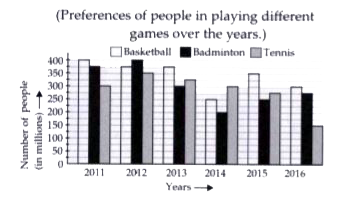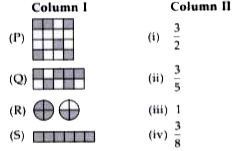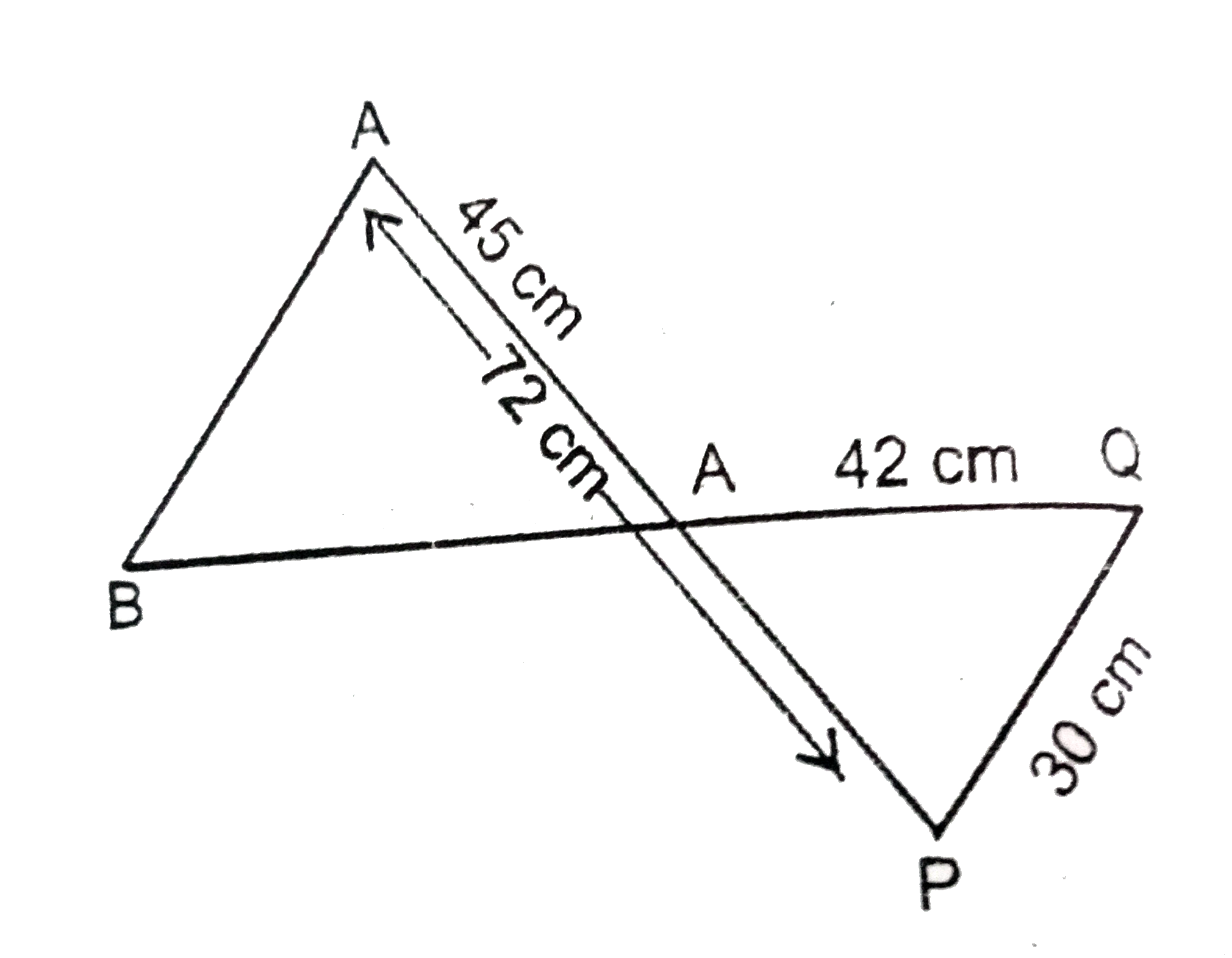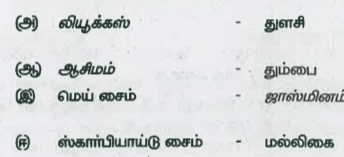Find the value of :
11.6-9.847
The correct Answer is:1.753
To find the value of 11.6−9.847, we will follow these steps:
Step 1: Align the numbers by their decimal points
We write the numbers one under the other, aligning the decimal points:
11.600−9.847
Step 2: Make the decimal places equal
To make the subtraction easier, we can add zeros to the end of \( 11.6 \) to make it \( 11.600 \). This does not change its value.
Step 3: Subtract starting from the rightmost digit
Now, we will subtract each column starting from the right:
1. Thousandths place: \( 0 - 7 \)
- We cannot subtract 7 from 0, so we need to borrow from the next column.
- Borrow 1 from the hundredths place (which becomes 0), making the thousandths place \( 10 \).
- Now, \( 10 - 7 = 3 \).
2. Hundredths place: \( 0 - 4 \)
- Again, we cannot subtract 4 from 0, so we borrow from the tenths place.
- Borrow 1 from the tenths place (which becomes 5), making the hundredths place \( 10 \).
- Now, \( 10 - 4 = 6 \).
3. Tenths place: \( 5 - 8 \)
- We cannot subtract 8 from 5, so we borrow from the units place.
- Borrow 1 from the units place (which becomes 10), making the tenths place \( 15 \).
- Now, \( 15 - 8 = 7 \).
4. Units place: \( 10 - 9 = 1 \).
Step 4: Write down the result
Putting it all together, we have:
11.600−9.847−−−−−−−−−1.753
Thus, the value of \( 11.6 - 9.847 \) is \( 1.753 \).
Final Answer:
The required answer is \( 1.753 \).
---
We write the numbers one under the other, aligning the decimal points:
To make the subtraction easier, we can add zeros to the end of \( 11.6 \) to make it \( 11.600 \). This does not change its value.
Now, we will subtract each column starting from the right:
- We cannot subtract 7 from 0, so we need to borrow from the next column.
- Borrow 1 from the hundredths place (which becomes 0), making the thousandths place \( 10 \).
- Now, \( 10 - 7 = 3 \).
- Again, we cannot subtract 4 from 0, so we borrow from the tenths place.
- Borrow 1 from the tenths place (which becomes 5), making the hundredths place \( 10 \).
- Now, \( 10 - 4 = 6 \).
- We cannot subtract 8 from 5, so we borrow from the units place.
- Borrow 1 from the units place (which becomes 10), making the tenths place \( 15 \).
- Now, \( 15 - 8 = 7 \).
Putting it all together, we have:
The required answer is \( 1.753 \).
Topper's Solved these Questions
- DECIMALSBook:MTG IIT JEE FOUNDATIONChapter:DECIMALSExercise:EXERCISE(MULTIPLE CHOICE QUESTIONS ) ( LEVEL-1)
Explore 35 Videos
- DECIMALSBook:MTG IIT JEE FOUNDATIONChapter:DECIMALSExercise:EXERCISE(MULTIPLE CHOICE QUESTIONS ) ( LEVEL-2)
Explore 15 Videos
- DECIMALSBook:MTG IIT JEE FOUNDATIONChapter:DECIMALSExercise:NCERT SECTION( EXERCISE 8.5)
Explore 12 Videos
- DATA HANDLING Book:MTG IIT JEE FOUNDATIONChapter:DATA HANDLING Exercise:Olympiad/HOTS Corner
Explore 10 Videos
- FRACTIONSBook:MTG IIT JEE FOUNDATIONChapter:FRACTIONSExercise:OLYMPIAD /HOTS CORNER
Explore 20 Videos
Similar Questions
The decimal form of 6708100 is ____________.
View SolutionWhich of the following set of decimals are arranged in ascending order ?
View SolutionFind the sum in each of the following :
0.007+8.5+30.08
View SolutionStudy the bar graph given below and answer the following questions.

From 2011 to 2016, find the difference between the total number of people who preferred to play Basketball and Badminton (in millions) ?
View SolutionMatch the shaded part of figures in Coloumn I with the fractions given in Column II.

View SolutionThe value of |[a,a+d,a+2d] , [a+d,a+2d,a+3d] , [a+2d,a+3d,a+4d]|+|[b
View Solutionदिए गये चित्र में ΔABR~ΔPQR, यदि PQ=30cm,AR=45cm,AP=72cm और QR=42cm , तो PR और BR के मान ज्ञात करें ।

View SolutionIf length of side AB is 11.63 cm, then by dividing the line segment of length 11.6 cm in three equal parts, draw segment AB.
View SolutionFind the perimeter of a rectangle whose length and breadth are 15.4 cm and 11.6 cm respectively.
View Solutiona) Aorta- lungs br b) inferior- legs, arms br c) pulmonary-head br Find the ones that are properly attached to the above.
View Solutionகீழ்க்கண்டவற்றுள் சரியான இணையைக் கண்டறி?>br>

View SolutionFind the value of :
(a) 9.756−6.28
(b) 21.05−15.27
(c) 18.05−6.79
(d) 11.6−9.847
View SolutionFind the values of the following integrals
∫3−log9x2dx
View SolutionFind correct features w.r.t. most advanced type of placentation. Br a. Parietal in Argemone. Br b. Basal in cereals. Br c. Axile in solanaceae. Br d. Unilocular ovary. Br e. Ovary with single ovule
View SolutionFind the value of : (d) 11.6 -9.847
View Solution